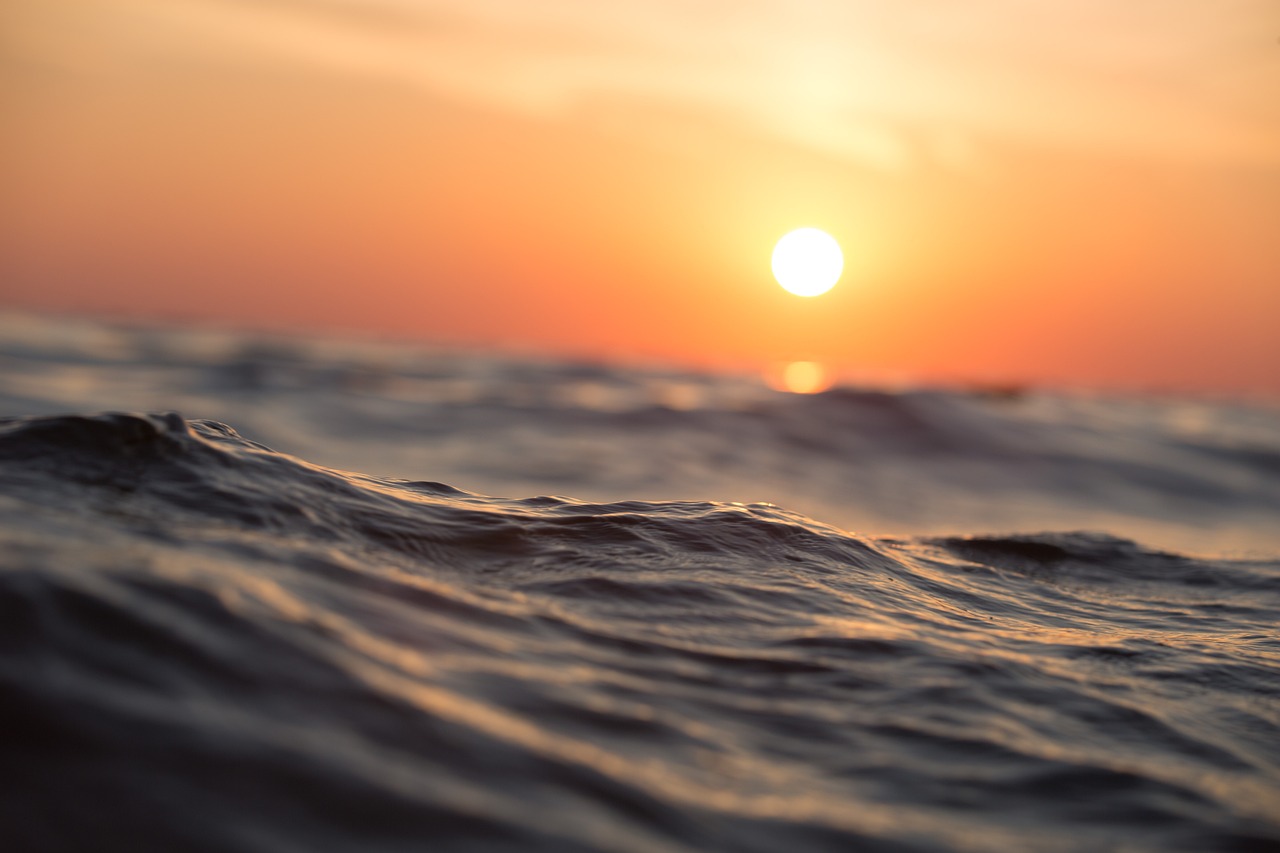Introduction:
The ocean covers a vast majority of our planet's surface and contains an abundant supply of water. However, despite its seemingly limitless resource, we cannot drink or use water directly from the ocean for various reasons. In this article, we explore the factors that make ocean water unsuitable for consumption or everyday use, shedding light on the limitations imposed by its composition and characteristics.
1. Salinity and Mineral Content:
The primary reason why ocean water is unfit for drinking or general use is its high salinity. On average, ocean water contains approximately 3.5% salt (or sodium chloride). This high salinity level imparts a distinct taste and makes the water unpalatable. Additionally, ocean water also contains a variety of minerals and dissolved substances, including magnesium, calcium, and sulfate, which further contribute to its unsuitability for consumption.
2. Dehydration and Kidney Function:
Drinking ocean water can lead to dehydration rather than providing the necessary hydration. The high salt concentration in seawater creates an osmotic imbalance within the body, pulling water from the cells and tissues. This process exacerbates dehydration and can be harmful to our overall health. Additionally, the kidneys are unable to efficiently filter out the excess salt and minerals present in seawater, further compounding the adverse effects on our bodies.
3. Contamination and Pollutants:
Ocean water is susceptible to contamination from various sources, including industrial waste, agricultural runoff, and marine pollution. Harmful substances such as heavy metals, chemicals, and microorganisms can find their way into the ocean, posing significant health risks if consumed or used without appropriate treatment. The presence of pollutants further emphasizes the importance of using treated freshwater sources for drinking and daily activities.
4. Desalination Challenges:
Desalination, the process of removing salt and impurities from seawater, is a technique used to obtain freshwater from the ocean. While desalination plants exist in some parts of the world, the process is energy-intensive, expensive, and not readily accessible everywhere. The limited availability of desalination facilities restricts the widespread use of ocean water as a viable water source for drinking and everyday use.
Conclusion:
Although the ocean covers a substantial portion of the Earth's surface and holds vast amounts of water, its high salinity, mineral content, potential contamination, and the challenges associated with desalination make it unsuitable for drinking or everyday use. Our reliance on freshwater sources, such as lakes, rivers, and groundwater, stems from the need for safe, palatable, and accessible water for human consumption. As we continue to address water scarcity and explore sustainable solutions, it is crucial to recognize the limitations of ocean water and focus on the efficient management and preservation of our existing freshwater resources.
References:
1. National Oceanic and Atmospheric Administration (NOAA). (n.d.). Why Can't We Drink Seawater? Retrieved from https://oceanservice.noaa.gov/facts/drinksw.html
2. United States Geological Survey (USGS). (2022). Can We Drink Seawater? Retrieved from https://www.usgs.gov/special-topic/water-science-school/science/can-we-drink-seawater?qt-science_center_objects=0#qt-science_center_objects
3. World Health Organization (WHO). (2011). Guidelines for Drinking-water Quality: Fourth Edition Incorporating the First Addendum. Retrieved from https://www.who.int/water_sanitation_health/publications/2011/dwq_guidelines/en/
4. Environmental Protection Agency (EPA). (2022). Desalination. Retrieved from https://www.epa.gov/desalination










